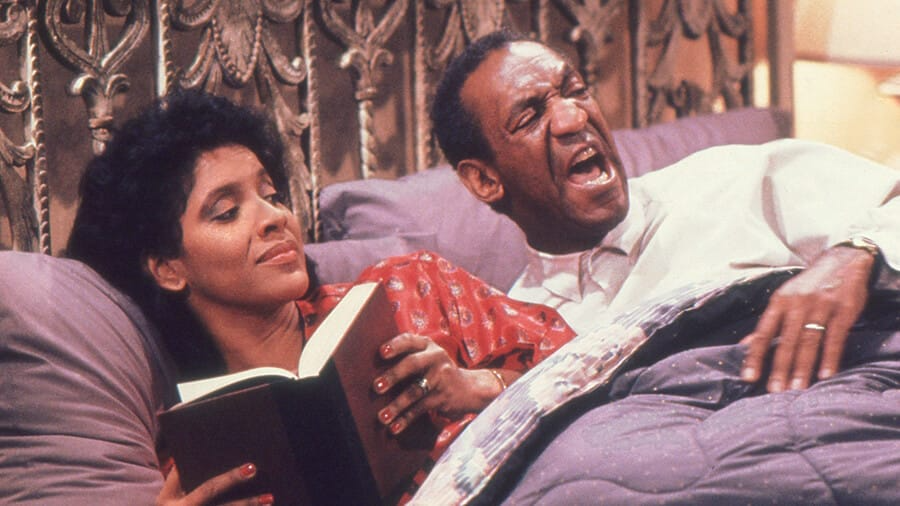
Introduction: While The Cosby Show is beloved for its heartwarming humor and memorable characters, there’s so much more to the story. Behind the laughter, there are untold stories of triumphs, challenges, and even controversies. From casting decisions to on-set dynamics, this article takes a closer look at what went on behind the scenes of one of the most iconic TV shows in history.
The Chemistry Between Bill Cosby and the Cast: A significant part of what made The Cosby Show so special was the chemistry between Bill Cosby and the rest of the cast. Cosby wasn’t just the star of the show; he was also its creator, writer, and executive producer. His vision for the show was clear: to create a sitcom that showed African-American families in a positive light while still tackling real-life issues. He was deeply involved in the casting process, ensuring that each actor not only fit their character but also contributed to the familial atmosphere on set.
The actors quickly formed a close-knit group, often spending time together off-screen. This camaraderie translated into their performances, making the Huxtable family feel real and authentic. Cosby’s mentorship of his younger co-stars, such as Malcolm-Jamal Warner (Theo) and Keshia Knight Pulliam (Rudy), helped to create an atmosphere where everyone felt valued. The bond between the cast members was so strong that it was hard for viewers not to believe that they were a real family.
The Show’s Controversies and Challenges: While The Cosby Show was a massive success, it wasn’t without its challenges. One of the biggest controversies revolved around Bill Cosby himself. Known for his strict professional demeanor, Cosby’s sometimes authoritarian approach to the show’s production caused tension behind the scenes. However, despite these tensions, Cosby’s vision ultimately won out, and the show became one of the highest-rated television programs of its time.
Another challenge was the show’s initial struggles to find its voice. The Huxtables were initially meant to be a middle-class family, but as the show gained popularity, it began to lean more toward portraying an upper-middle-class lifestyle. This shift was partly due to the growing success of the show and Cosby’s influence, but it also reflected the growing confidence the writers had in portraying a family that embodied aspirational values.
The Show’s Cultural Relevance: While the behind-the-scenes drama is intriguing, the cultural relevance of The Cosby Show is equally significant. The show addressed race and class issues in ways that were rarely seen on TV at the time. It normalized the idea that a Black family could be successful, educated, and loving. This representation had a profound impact on viewers, especially African-American audiences, who had long been underserved by mainstream television.
The show also tackled complex issues in ways that were both humorous and thought-provoking. Episodes like “Cliff’s Birthday” and “Theo’s Dilemma” addressed the challenges of parenting and the pressures that children face to meet academic expectations. These storylines resonated with families of all backgrounds, not just those watching from an African-American perspective.
Conclusion: While The Cosby Show is often remembered for its humor and family-friendly themes, the behind-the-scenes stories tell a deeper, more complex narrative. From creative challenges to real-world issues, the journey of creating the Huxtable family was anything but easy. Yet, despite all the obstacles, the show’s impact was undeniable. It remains a cultural touchstone, and the legacy of those behind the scenes is just as important as what viewers saw on screen.
